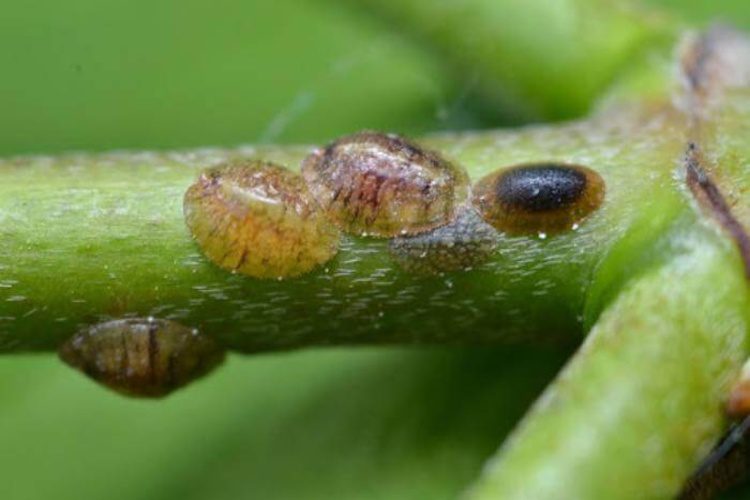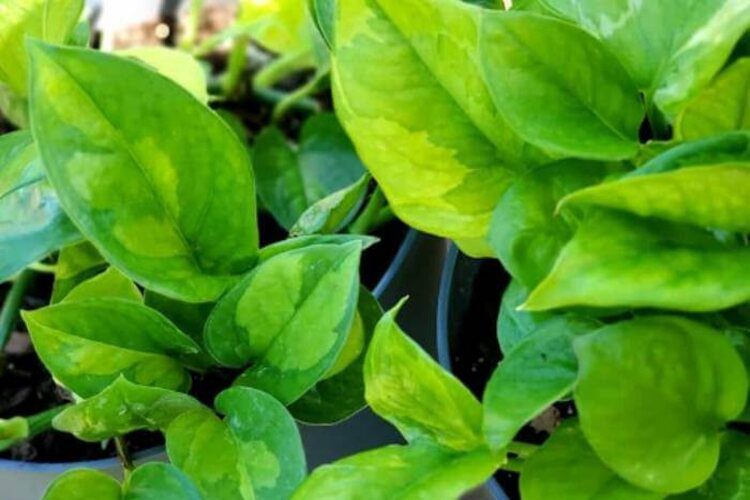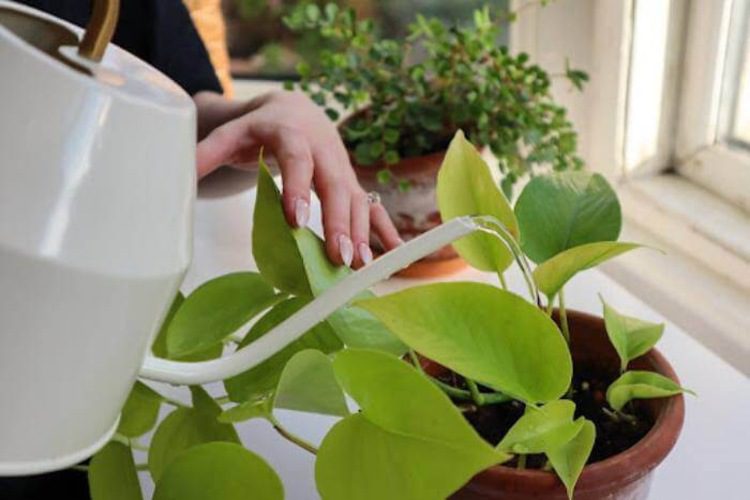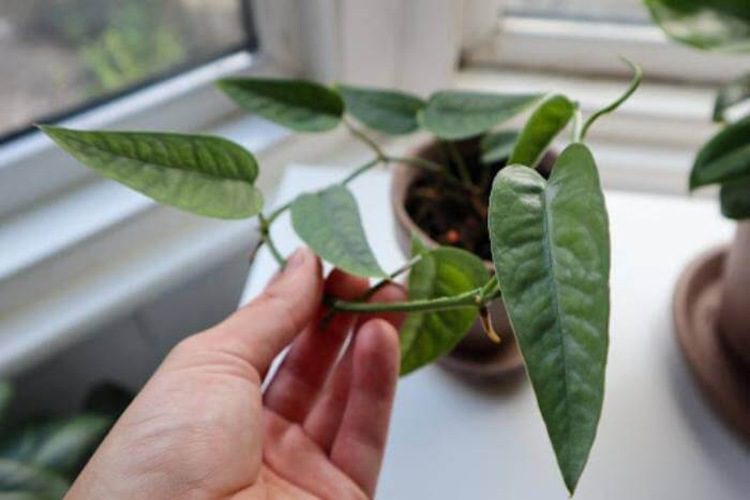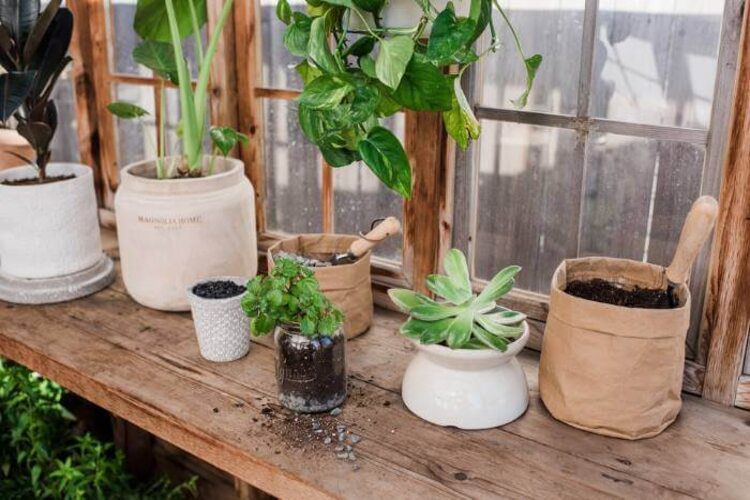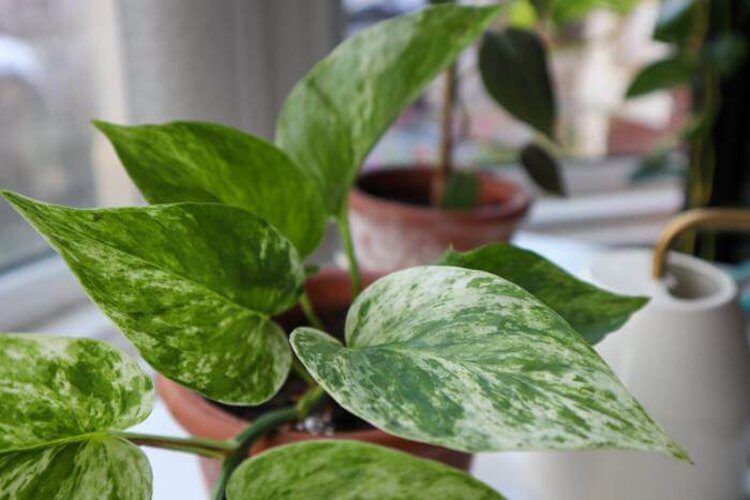Pothos Leaves Turning Black: The Main Reasons And Fix
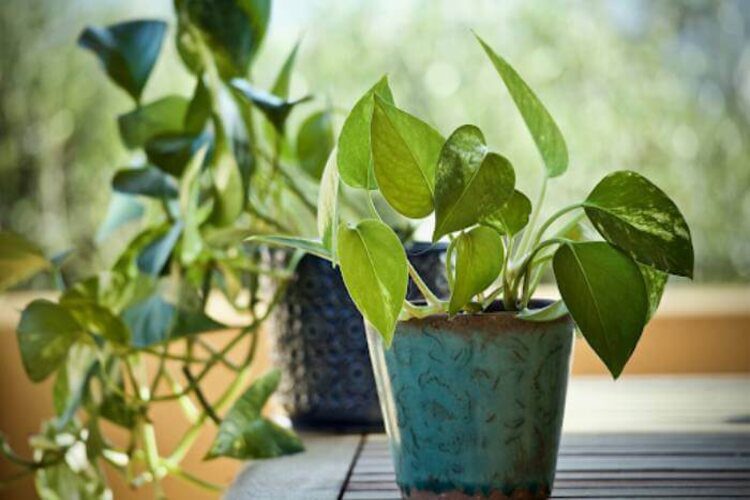
Pothos is one of our favorite low-maintenance indoor plants. However, it doesn’t mean that you never have any problems with pothos. One of the popular issues you may have is pothos leaves turning black. It occurs for many reasons during the care process. Let’s examine the precise reason for your pothos black leaves and, more significantly, how to solve them.
What Does Leaves Turning Black Look Like?
As its name suggests, the colour of your Pothos leaves will turn black. You can’t see the green hue of healthy foliage. The plants may have some yellow spots at first. If left untreated, these marks grow into black ones. If the situation is minor, you may notice some dark spots on a specific part of your plant. These black spots may initially be brown and appear at the tips and edges of the leaves. The best solution at this time is to apply appropriate treatments.
Otherwise, these spots gradually spread around the whole plant. As a result, the root system of your Pothos may appear to have an unpleasant rotten egg smell. Yet, your plants may show different signs depending on the root cause. Thus, scroll down, determine the culprits, and get some fixes!
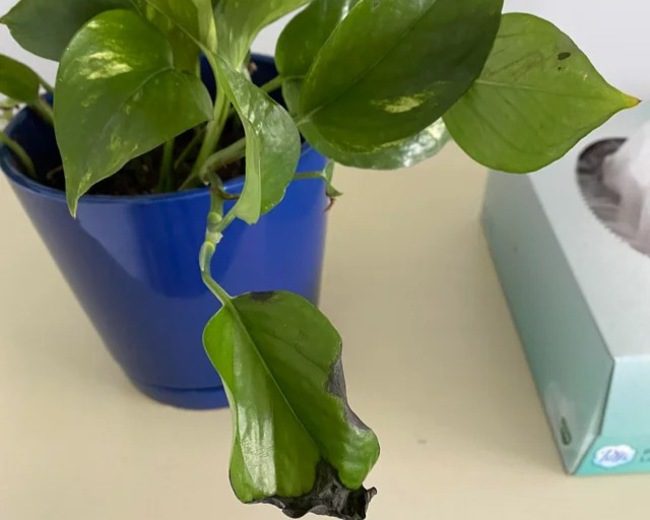
Pothos Leaves Turning Black: Causes And How To Fix
It is devastating when your lovely Pothos begins to turn black while you can’t figure out what is wrong. When you notice Pothos leaves turning black, what do you do? Before applying the remedies, it is crucial to determine the exact culprits.
Don’t worry! Here are some potential causes and treatments for the blackening leaves. Let’s look through it!
Water
Inappropriate watering is the leading cause of indoor plant issues. This plant species is not an exception. Your plants may suffer from insufficient moisture levels, whether from excessive amounts of water or not enough. It doesn’t matter what kind of Pothos you have because they all need nearly the same requirements for watering.
Overwater
Although these tropical plants prefer damp soil, they need a brief drying period after watering to prevent waterlogging. Inadequate drainage or excessive moisture in the container might create root rot or other problems that could turn the leaves black.
You will often get an obvious warning sign if you overwater your plants:
- The leaves start turning yellow before gradually developing dark brown and black spots.
- You will notice root rot or an unpleasant rotten egg smell.
- Water dripping from the leaves.
How to fix:
- Water your plants less. It’s better to water them once or twice a week, depending on the humidity and temperature in your region.
- Ensure the soil completely dries before watering to avoid root rot.
- Always prioritize drainage. You can check the moisture by pressing one finger into the ground.
- The drainage is adequate if the potting mix is roughly one inch deep.
Underwater
The leaves will wilt if they don’t get enough water. During the summer, it’s common for these plants to wilt suddenly. Your pothos may die if they continue receiving insufficient water for a prolonged period of time. Underwatering will also change the color of the leaves. You will notice the tips turning brown first, gradually blackening the whole leaf and causing the foliage to die off. Additionally, the leaves may become small and wilt.
How to fix:
- Trim heavily damaged parts.
- Water the plants more regularly, especially in the hotter months.
- It’s best to water from the bottom. You can place your Pothos in a bucket or a sink.

Light
Although these plants typically flourish in bright spaces, this Pothos problem may occur if you put them in direct sunlight for too long. An overabundance of light can cause scorching, which is displayed by the withering and browning of the leaves and makes your Pothos stressed. In essence, the burning of plant cells by the harsh sun’s rays causes the leaves of pothos to become darker.
How to fix:
- If you want to prevent this issue, ensure your plants are in a location with enough light but keep them out of direct sunlight.
- Do not be hesitant to relocate your plants to other areas that are darker since they can flourish there.
- Always ensure the space you put your plants in has some natural light.
- Sadly, burned foliage never recovers completely. It is advisable to prune them to focus the plant’s efforts on developing new, wholesome growth.
Infestation
Besides the above factors, your plants may suffer from natural culprits, including pests and diseases.
Pest
Insects or fungi may also be to blame for the blackening of leaves. Several fungal infections may come from external factors. It can be from human fingers, other plants, or havoc bugs visiting, such as mealy bugs, spider mites, or aphids. Little white pests will eventually kill your pothos by turning their leaves yellow. After that, these insects eat and destroy the plant cells, making your Pothos more vulnerable and blackening it.
How to fix:
- Treating pests using rubbing alcohol, neem oil, or home remedies is easy.
- It’s better to repot your plants in a new container with a fresh potting mix.
- Use cotton swabs to gently wipe off the bug’s leaves and rinse them.
Diseases
Some diseases, such as aerial blight or Rhizoctonia stem rot, may attack your Pothos, causing the stems and leaves to blacken if the problem escalates. During the hottest times of the year, many illnesses are widespread. They’ll make the plant’s foliage wilt and blacken the leaf veins.
How to fix:
- Unfortunately, it’s relatively easy to control diseases in this plant species. You can prune some slightly damaged parts.
- You can also combine various treatments, including fungicides, disinfectants, insecticidal soaps, and horticultural oils.
- However, if the situation worsens, throwing that plant away to prevent spreading diseases to healthy Pothos is best.
Over-Fertilizer
When grown in greenhouses, Pothos frequently already have effective fertilizer. Therefore, further fertilization isn’t usually necessary. Pothos require nutrients to flourish, like all other species. However, if you use too much fertilizer, your pothos will suffer some issues. The leaves will droop, wilt, and eventually turn black due to fertilizer burn.
How to fix:
- After fertilizing, if you soon detect black leaves, immediately rinse the potting mix with distilled or filtered water.
- Establish a balanced fertilizing schedule.
Other Causes
Many other factors make the leaves turn black, apart from water, light, infestation, or fertilizer. Humidity and temperature are the two culprits causing your plants’ foliage to blacken.
Humidity
Pothos plants are native tropical species, so they appreciate and love being in high humidity. During the cold months, when the humidity reduces significantly, the foliage of your Pothos may turn brown and black, and the leaves curl.
How to fix:
- You can place your Pothos pots on pebble trays to improve the moisture.
- Invest in a humidifier to increase the humidity level in the space where you keep your plants.
Temperature Shock
Due to their ability to adjust to fluctuations in temperature, Pothos make excellent indoor plants. However, it’s not always the case, which means your Pothos may suffer temperature shock if the temperature increases or drops suddenly over their tolerance threshold. If the temperature exceeds their optimal range, they may not operate properly, and their leaf cells may become black.
How to fix:
- The fastest and most straightforward solution is to relocate your Pothos to another place within an optimal temperature range.
- It’s best to maintain the temperature around 60 – 85°F.
FAQs




